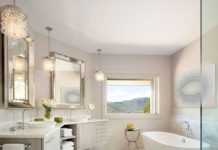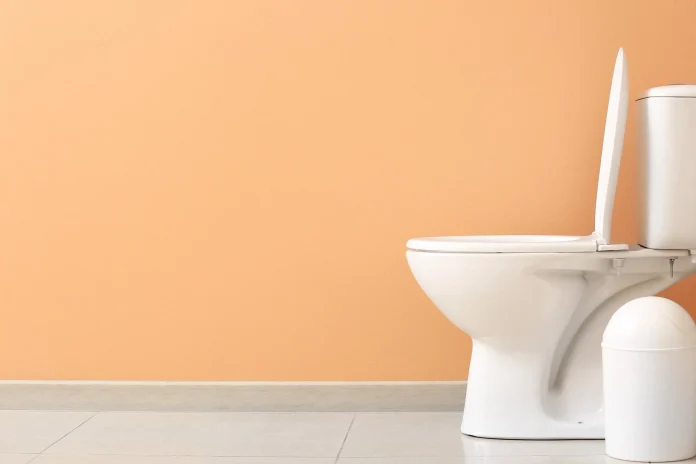
Toilets are not just essential items in every home, they also demand a certain level of cleanliness and hygiene to be safe and functional.
If your loo is stained, leaking, smelling or looking worse for wear, replacing it with a new system will make a big difference to the comfort and feel of your home, as well as increase your property value if you sell in the near future.
According to fluidplumbingservices.com.au, it is important to get the right advice and help before investing in a new toilet for your bathroom renovation.
The S trap, P trap and skew trap – the set out
There are three types of toilet set out on the market, the S Trap, P Trap and Skew Trap.
The most common toilet in Australia is the S Trap. Most toilets in Australia are positioned on the floor and have an S-shaped bend in the pipes. This allows water to bend from the bowl to the sewage lines below. If you are replacing an existing toilet as part of your bathroom renovation, chances are, this is the toilet type you currently have in your home.
If your toilet bowl is wall mounted it is most likely a P Trap set out. In this case, the water exits your toilet through the sewer line connection in the wall behind the unit.
The final – less common option- is the Skew Trap. This is a more compact set out that allows water to pass either left or right around the pan.
While you can modify your bathroom to make any set-outfit, to keep bathroom renovating costs low you are best to replace your bowl in line with the existing set out.
Water inlets
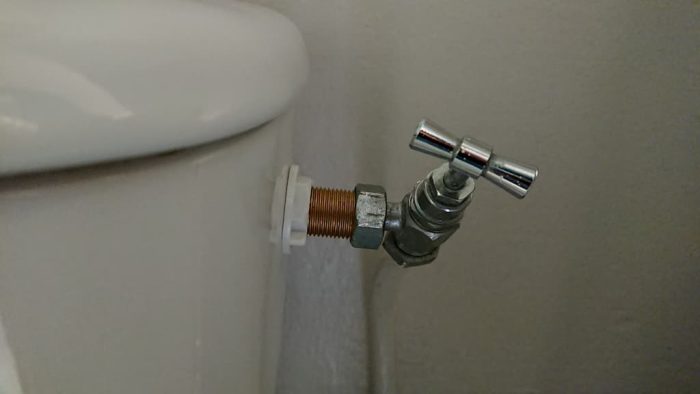
Once you know the type of toilet you need it’s time to look at your water inlet choices.
Every cistern will contain a flexible copper pipe which can be positioned either at the base of the cistern – called a bottom inlet – or at the back of the cistern – called a back inlet.
The advantage of a bottom inlet is that it is easy to install yourself, reducing overall costs for your renovation. A back inlet will require a plumber to fit it correctly, although it does look neater as there are no exposed workings and it requires less cleaning.
Usually, a cistern will come with both options.
The Typical Toilet Suite
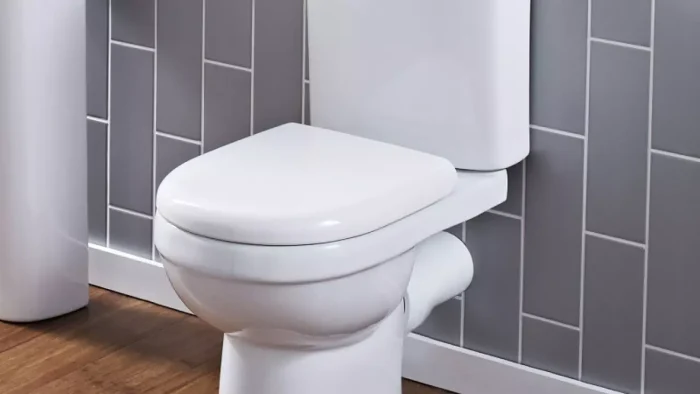
The typical toilet suite has two functioning parts: the top part is the cistern which contains the parts for flushing, including a reserve of water.
The lower part is the toilet pan containing the bowl, seat and waste removal pipe. The pipe is connected to your property’s sewage outlet. How these pipes connect will depend on the set out of your toilet bowl.
Smart toilets and Bidets
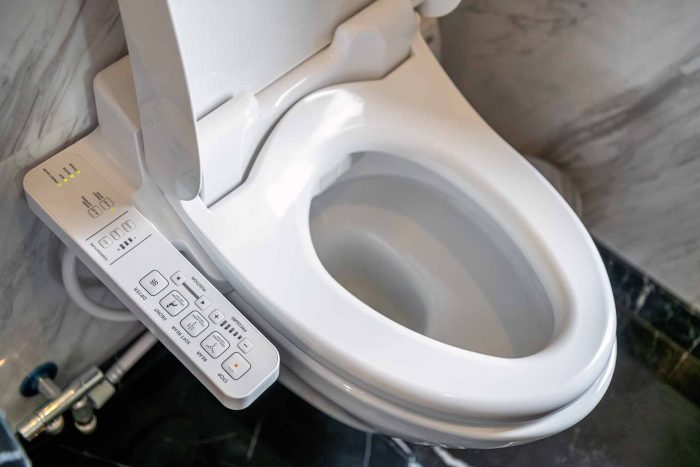
While not as popular in Australian bathrooms, bidets are a standard additional common in European, American and Asian.
It is possible to have bidets sit as a separate feature to the toilet, as well easily as add them to the toilet bowl itself. How much work is involved depends on how much water control you want.
Smart toilets take luxury and choice a step further with temperature and water pressure control, seat warming and even LED light options.
When it comes to choosing a new toilet for your bathroom renovation, there are a lot of factors to consider. But with a little research and careful planning, you can find the perfect toilet for your needs. Just be sure to take your time, and don’t be afraid to ask for help from a professional if you’re not sure where to start.
Designs
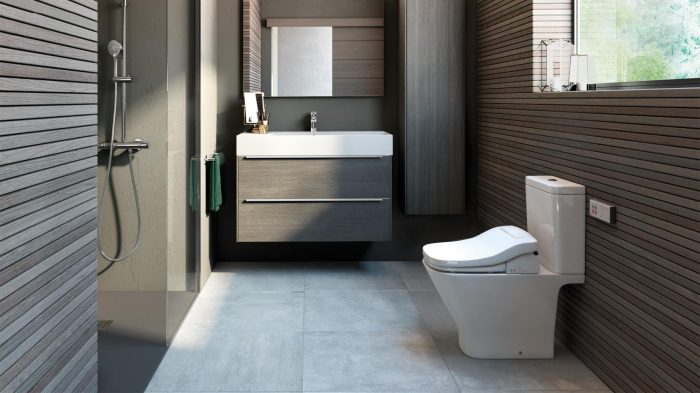
This is where your toilet choices start to get more interesting. How do you want your completed bathroom renovation to look?
New toilet designs focus on reducing visible piping for a smooth, clean look. While these increase the cost of your unit purchase, they require less cleaning as the pipe bends and awkward spaces are enclosed.
Here are some options for your toilet design:
Link toilets
Link toilets, also called connector toilets, are the most popular choice for Australian homes. As well as being easy to install they are also the cheapest toilet suite on the market.
The wall-mounted cistern is connected to the floor-mounted bowl by a pipe. This pipe can be covered or hidden with some models to make the overall look more appealing.
Close-coupled toilets
If you don’t like the look of the wall-mounted cistern you can choose a suite design where the cistern sits directly on the back of the toilet bowl. This has a more modern and stylish look especially as it helps to hide much of the pipe and plumbing that would typically be exposed.
Back to wall toilets
Back to wall toilets are the next step up in style as well as price. Like the closed coupled toilets the design brings the cistern and bowl together, however, the whole unit, including the base of the bowl are set flush to the wall. As well as looking clean and smooth, none of the pipes are exposed, meaning you won’t have to clean the external pipes or behind your toilet suite.
Concealed cistern toilets
For a toilet to function it needs a cistern, but that doesn’t mean it has to be visible. Concealed cistern toilets hide the flush unit discreetly behind a cabinet or wall panel, leaving only the flush buttons and the bowl on show.
Overall you get a custom design with a smooth, neat finish. The flush button can be placed at some distance to the toilet, giving you a little more leeway for bathroom creativity.
The cistern and bowl are sold separately so you’ll need to be sure the two are compatible before you commit to the purchase.
Toilet seats
Soft closing seats are growing in popularity and allow the seat to close slowly and gently with a slight nudge. As well as being gentle on the ears, they are also gentle on the toilet and prevent stress over time.
Another option you’ll see available is quick-release toilet seats that enable lids to be quickly and fully removed for more thorough cleaning.

